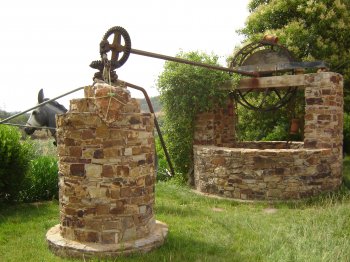Explore the best places
Monuments in Silves
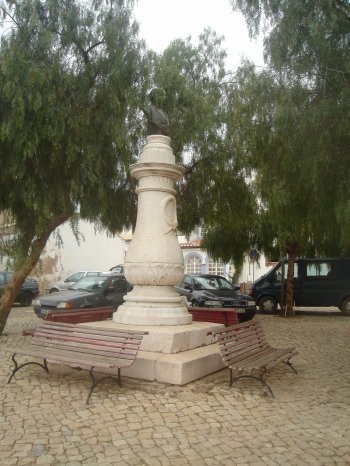
Estátua de João de Deus
- heritage
Rua João de Deus
8375, São Bartolomeu de Messines
Statue that pays homage to João de Deus. João de Deus was an eminent lyrical poet who, during his lifetime, was considered to be foremost amongst his peers. He was also the pioneer of a new teaching method that aimed to simplify teaching reading to children, the Cartilha Maternal. He was very popular during his lifetime and as such was laid to rest at the National Pantheon (Panteão Nacional). To this day he is still referred to as the poet of love.
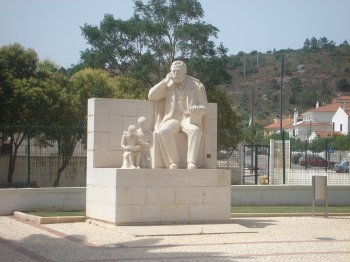
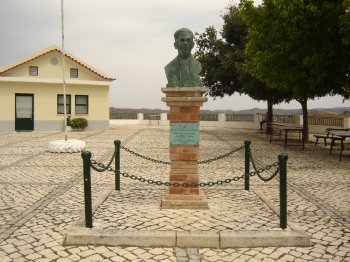
Praça Al'Mutamid
- heritage
Rua da Cruz de Portugal
8300, Silves
Al'Mutadid, lord of Seville, conquered the city of Silves in 1053 and his son, Al'Mutamid, was appointed to rule over it at the tender age of 12. It was during this time that, alongside Ibn Ammar, a local poet, Al'Mutamid dedicated himself to poetry, music and singing. When forced to return to Seville he wrote a famous poem saluting the city of Silves.
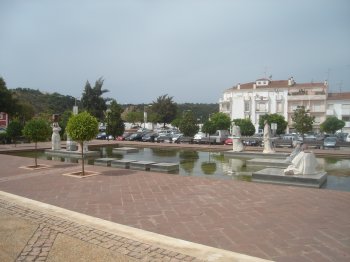
Arco da Rebola
- heritage
Rua Cruz da Palmeira
8300, Silves
The defensive system that once enveloped the entire city of Silves was quite complete and sophisticated. It was divided into the following parts: the fortress, Almedina walls (walls protecting the central part of town), the armour, Arrabalde walls (walls protecting the suburbs) and it probably also had moats and countermures. Nowadays, the only remnant of the Arrabalde walls (in the downtown area) is the well known Rebolda arch.
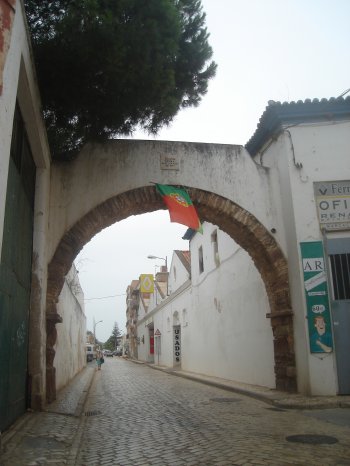
Cruz de Portugal
- heritage
EN124
8300, Silves
Located in the environs of Silves, this engraved cross dates back to the 16th century. It is three metres high and is engraved in sedimentary rock. One of the sides depicts the crucifixion and the other one the descent from the cross. This viewpoint affords a beautiful view over the fortress.
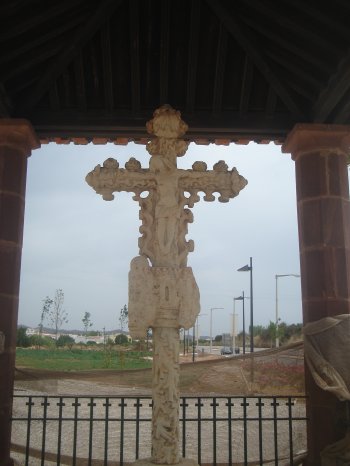
A Conquista de Silves
- heritage
Largo Mártires da Pátria
8300, Silves
Statue that celebrates the conquest of Silves. During D.Sancho I's reign, D. Mendo, his lieutenant, planned a surprise attack against the Moors. The attack was so fierce that the Moors abandoned the defensive walls and took refuge in the centre of the fortified town. After a period of fighting and slaughter the Moors capitulated on the 3rd September 1198 and the Christians emerged victorious.
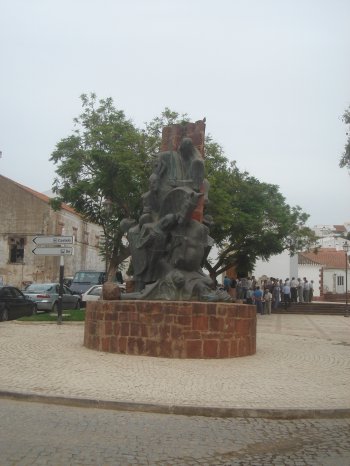
Poço-Cisterna Árabe de Silves
- heritage
Rua das Portas de Loulé
8300, Silves
Construction in masonry and taipa, circular shape, is enveloped by a staircase covered with vaults of segmented sections. It was built in sandstone of Silves in centuries XI and piling up in the 16th century. Located inside the Museum of Archaeology of Silves, is the most important piece in the Museum's collection.
Menir dos Gregórios / Pedra dos Cucos
- heritage
Silves
8375, Silves
Subelipsoidal, narrow shape monolith, carved in red sandstone, dated to the final Neolithic. Currently it is listed. Are classified as Property in the public interest.
